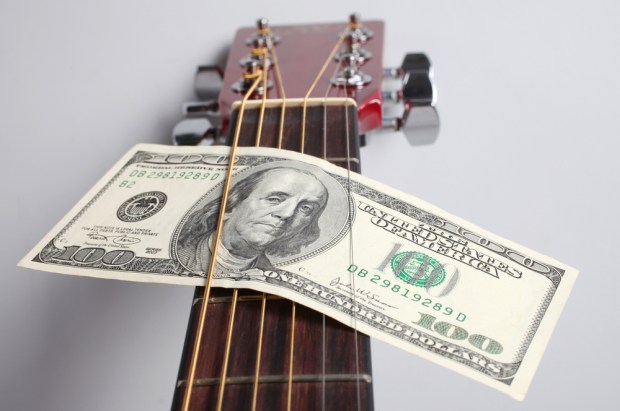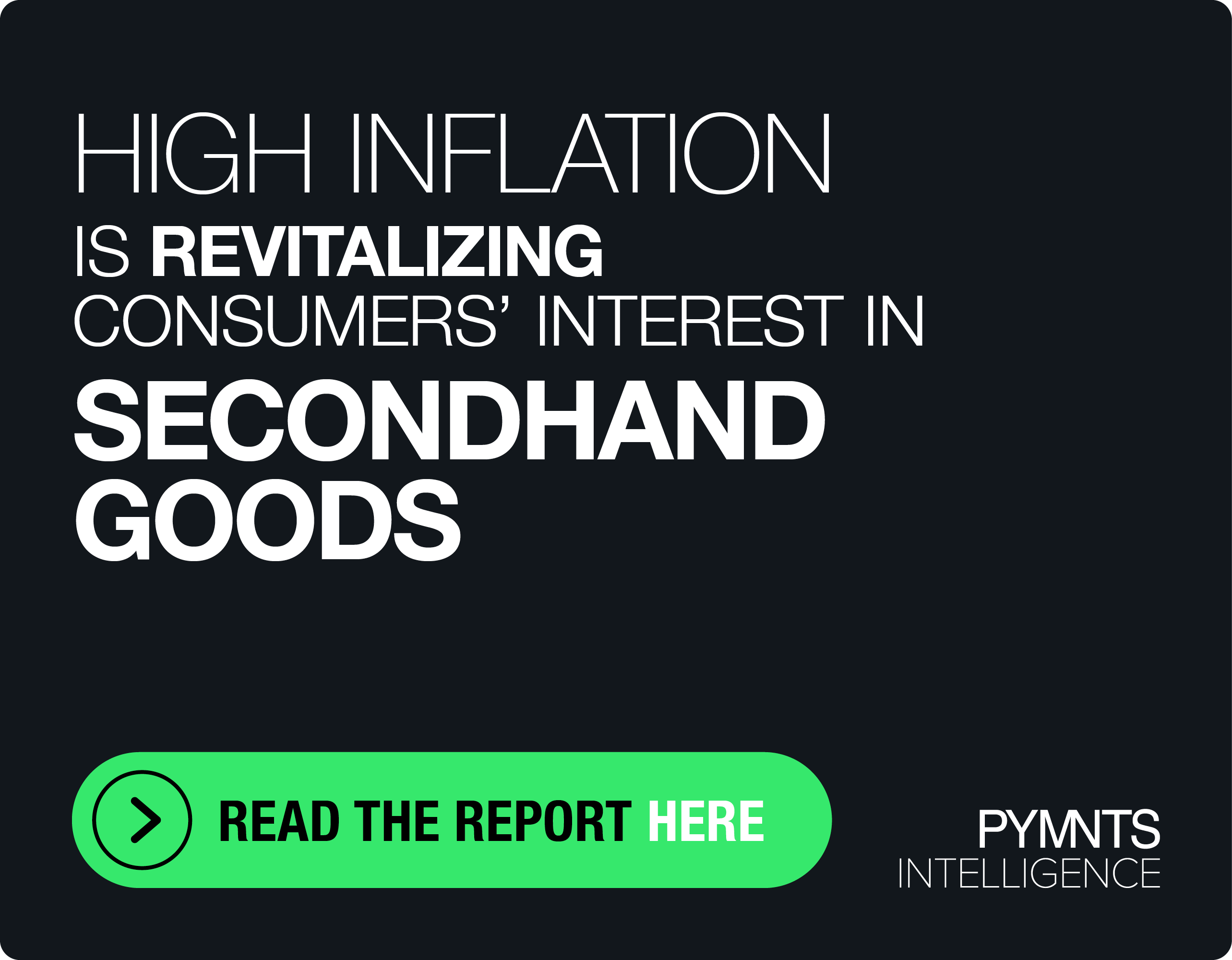Resolving Discord In Indie Music Payouts

Over the years, computers have put a wildly different spin on how music is produced and distributed.
First, they emerged as a tool for mixing and mastering songs in a handful of marquee studios known and respected across the industry. Musicians had to learn their craft well, as it was necessary to perform the song from beginning to end, and mistakes could not be corrected in post-production.
Making a record was expensive, so artists that were not seen as “the next big thing” couldn’t always afford to do it – and even if a band or singer got signed, there was no guarantee the investment would pay off. The artist could totally flop when listeners heard the album.
Then, over time, computers became an instrument unto themselves. Hip hop is all about making a record out of other people’s records, pulling in all the emotional and cultural resonances from the original sources of the samples. There are countless DJs producing mashups of existing songs that share a beat, key or theme, and others who are producing new music from scratch using only electronic tools.
Somewhere in the middle lies the independent musician, an artist who is perhaps just getting started or does not yet have enough of a following to get picked up by a label. Many of these artists are recording tracks in their kitchens or bedrooms on a MacBook or smartphone, mixing the song themselves in Garage Band and releasing their music into the world via iTunes, Spotify and other digital channels.
The democratization of musical production capabilities may enable more indie musicians to participate in the ecosystem, but it makes paying all those artists quite the challenge, according to Richard Burgess, CEO of A2IM (American Association of Independent Music).
That’s why A2IM and Hyperwallet are working to find a more efficient way to pay out, ensuring that up-and-coming artists get what’s owed them and can make a living (or at least part of one) off their craft.
In a recent interview with Karen Webster, Burgess and Tomas Likar, Hyperwallet’s SVP of strategy and business development, explained how this issue got so big in the first place, how they plan to fix it and why that’s so important for the music industry.
The Problem
Blockbuster artists like Katy Perry don’t need to worry about getting paid, Burgess said. More likely than not, they’ll get their million-dollar dues – and if something doesn’t add up, they have people on their team to look into it for them.
Indie artists don’t have those resources, and it’s much more likely that their $25 check could get overlooked or misattributed. Burgess said that’s because of incomplete or inaccurate metadata behind songs and albums that indie artists are distributing.
Burgess said metadata is “the biggest enemy we have in the industry.” The actual process of getting paid via distribution platforms is relatively simple, he noted. Songs and albums are linked back to their creators, and when music gets downloaded or streamed, that interaction gets traced back to the artists so royalties can be delivered.
The problem is that songs and albums don’t always get neatly linked to their artists. Burgess largely blames the mishmash of systems behind musician payouts, including a persistent cohort of legacy systems. Many of those systems still use logbook-style reporting that is prone to error, he said, and with small artists, a small spelling mistake can make a big difference – i.e., the difference between getting paid or not.
Compounding the Challenge
In an ideal world, songwriters, publishers and musicians would all get their correct split, but today that’s only partially happening, Burgess said – which is a shame, because A2IM has watched the usage on streaming climb steadily in recent years, and it’s producing more revenue for artists than usage prior to streaming services.
The system appears to be viable long-term, Burgess said – but it requires accurate metadata. Yes, there’s a template for how metadata should be reported, but with so many artists now documenting their own, getting people to use that metadata is another matter.
Burgess explained there’s no guarantee that self-made artists are correctly noting who wrote the song, who sang background vocals, who played drums and what the splits are between the different musicians. Do they have the right codes to identify tracks, songs and albums?
It may be a small amount per instance – yet in aggregate, those small payments can add up quickly.
If data falls through the cracks early on, said Burgess, then royalties can leak out those same cracks – where they are absorbed into “black boxes” and distributed according to market share, which Burgess said is neither accurate nor fair, but it’s the only system they’ve got right now.
Where Hyperwallet Comes In
Many smaller labels and publishers are trying to introduce more flexibility and transparency in the payments process. Likar said that with Hyperwallet, royalties – which were once disbursed 60 to 90 days after the song was played – can now be paid daily or even in real time.
As payments accrue, Likar said artists can collect them whenever they want – for a small fee of around 1 to 2 percent. Or, they can wait the traditional 60 to 90 days and get the full amount.
The important thing is that the musician gets to choose, and he or she gets full visibility into accruing funds and other key insights as they go along. Likar said transparency gives artists the data they need to make real-time decisions on how to promote whatever they are currently working on. If that data isn’t delivered until six months later, it is of very little use to them.
Other tools, like CD Baby, give musicians the option to view royalties accruing in real time, but hold off on cashing in until they reach a certain amount – say, $10 or $25.
However, noted Likar, there’s only so much that Hyperwallet can do – a lot of getting paid boils down to that pesky metadata, which is something that must be repaired on the industry’s side.
Why It Matters
Entertainment media will always have its darlings, and there will always be superstars who either have exceptional talent that captures people’s imaginations, or a sound and message that taps into the current cultural frame of mind.
But increasingly, there is a demand for artists who don’t get played on the Top 40 radio stations. Burgess said that independent music comprises more than 35 percent of the industry’s market share in the U.S., according to Billboard Magazine.
If music fans want to hear from those artists, then it’s critical they get paid for their craft, Burgess said. Creators may always create, but they won’t create this unless they get paid for this.
He added that the industry is still suffering the aftereffects of Napster, which promulgated the idea that music should be free. In theory, using data to tie music to its creators and ensure they get paid for their work can help negate that – but only if the payments actually find their way back to the artists.
“Everybody needs to make a living,” Burgess said. “Everybody needs to pay rent and feed their kids. And everybody who’s creating something that somebody else wants deserves to make a living.
“The more diverse ways that musicians, artists, creators, producers and even labels can make money from the music that they create and propagate, the more vital of a music industry we’ll have – and that’s a good thing for everybody,” he continued. “If we strip the industry bare and give it all to the tech companies that create the infrastructure to sell the music, we won’t end up with such a rich tapestry of creative art.”
